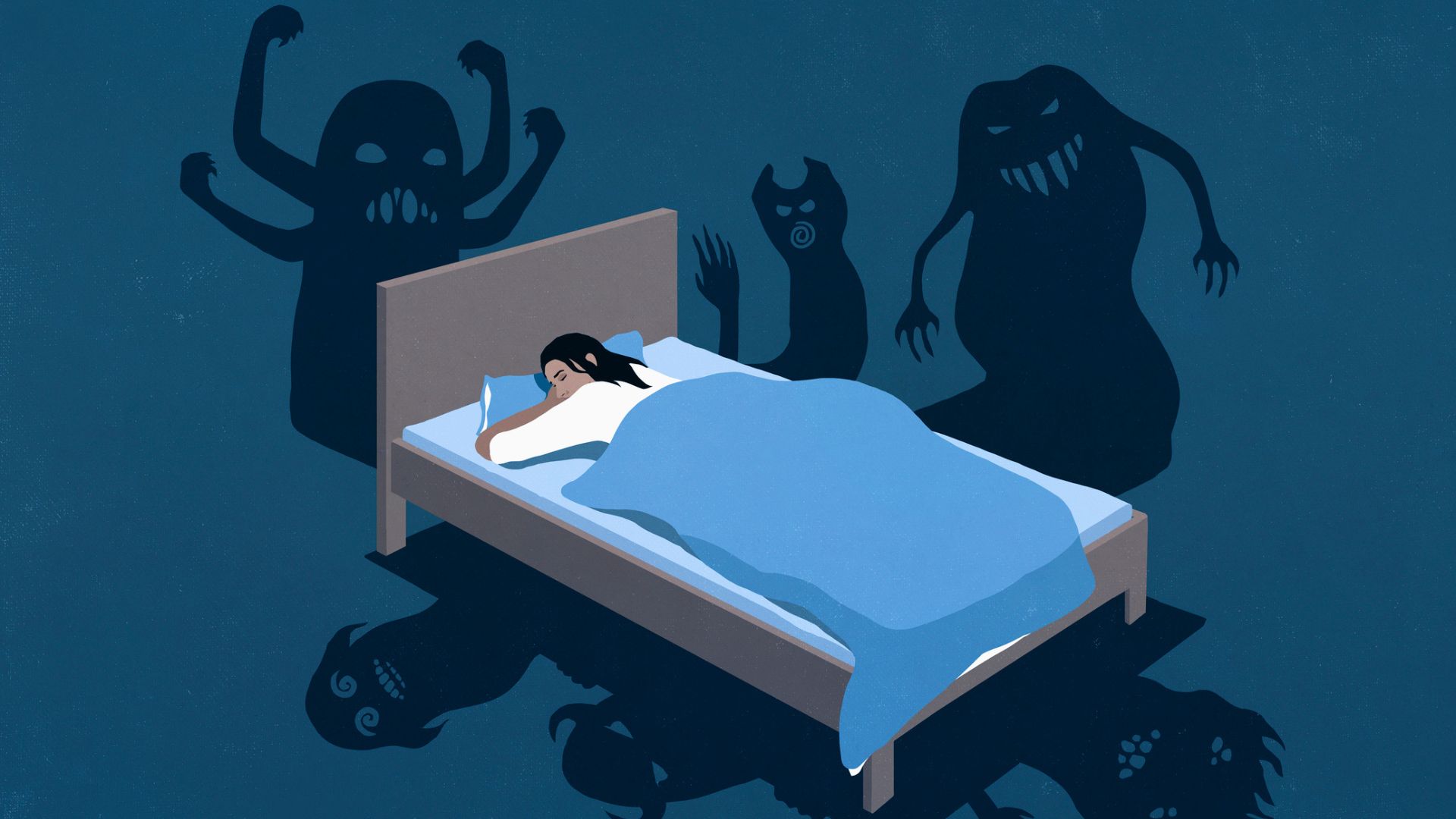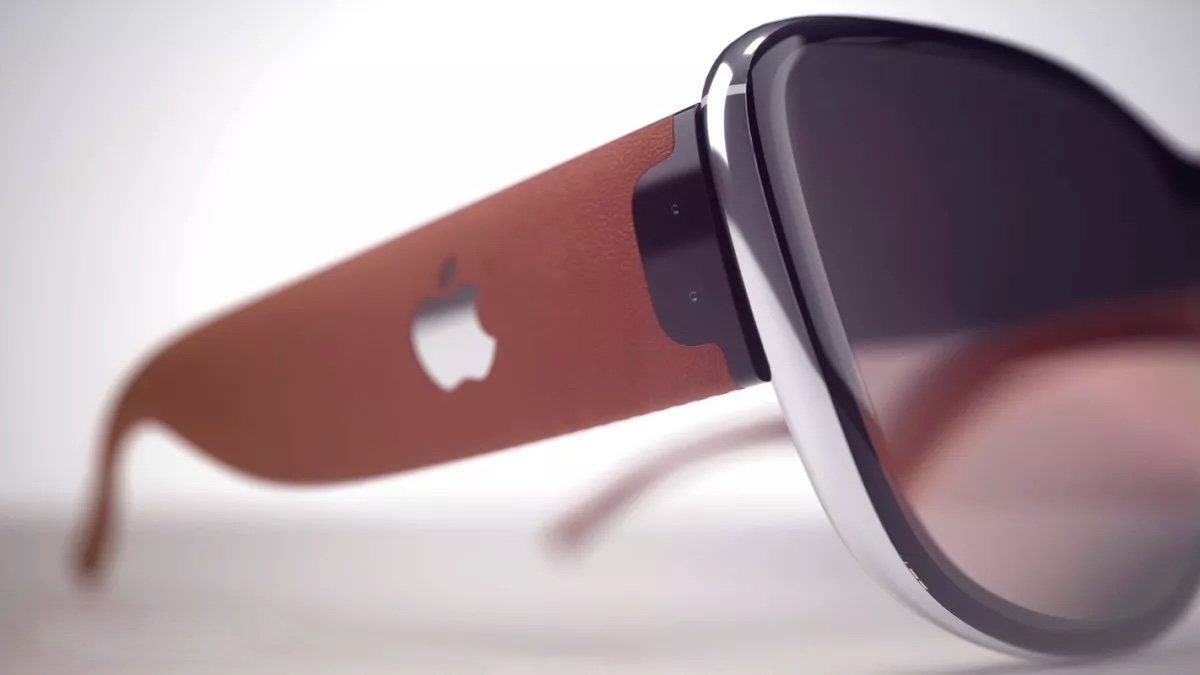“They are coming for your dreams,” scientists warn as advertisers infiltrate our subconscious
Burger King, Xbox and Coors are some of the brands using Targeted Dream Incubation

Companies manipulating our subconscious is the stuff of dystopian nightmares, but according to an open letter signed by over 30 leading scientists, that’s exactly what’s in store for us. Targeted Dream Incubation (TDI) is a protocol to induce specific dreams when you sleep, and it seems businesses are starting to experiment with TDI.
The open letter cites a specific example of this kind of advertising by Coors, a beer brand, that attempted to infiltrate the subconscious and plant visuals of their beer in sleepers’ dreams. The hope was that listening to the 8-hour long soundtrack about Coors beer meant that when they woke, after dreaming of a refreshing beer set against a beautiful mountain landscape, they’d be more likely to buy Coors the next day.
Not only does this pose significant moral and ethical questions, but it could also impact our wellbeing. Our dream processes serve important purposes for our health and wellbeing, in fact, the letter states that “dream content can predict how well someone will adapt to waking challenges and concerns, including those related to trauma and depression.”
Which is why scientists are pleading us to take this kind of marketing seriously. Let’s look further at the moral and ethical implications of targeted dream incubation, and how advertisers are currently trying to permeate our subconscious.
Key takeaways
- With new brain imaging techniques and sleep studies designed to capture dream content, the ability to manipulate dreams for commercial gain is becoming a reality
- Multiple big businesses have already tried TDI, including Coors, Burger King and Xbox
- Without clear boundaries and regulations, our dreams may be manipulated further without our consent to influence our purchasing behavior
The open letter was written by leading scientists in dream science and technology, including Robert Stickgold and Antonio Zadra, writers of When Brains Dream, and Adam Haar, co-developer of TDI tools.
It was written in 2021 as a response to what Molson Coors called ‘the world’s largest sleep study,’ where people were encouraged to watch a short clip on YouTube before bed and then listen to an 8-hour soundscape as they slept. The aim of both was to plant imagery of a refreshing Coors beer as well as alpine landscapes in the minds of sleepers, to encourage them to buy Coors to drink while watching the Superbowl that was taking place the next day.

While the scientists cited this example as worrying and unethical (especially for those with alcohol addiction,) the open letter focuses more on the potential of this technology as it advances, saying “it is easy to envision a world in which smart speakers—40 million Americans currently have them in their bedrooms— become instruments of passive, unconscious overnight advertising, with or without our permission.”
Sign up to get the BEST of Tom's Guide direct to your inbox.
Get instant access to breaking news, the hottest reviews, great deals and helpful tips.
What is dream incubation?
The group of sleep researchers define dream incubation as “techniques employed during wakefulness to help a person dream about a specific topic,” and they note how traditions of this go back thousands of years and span different cultures all over the world.
For example, in ancient Greece, people believed dreams were a way to communicate with the gods and incubating them meant you could specify the problem or God you needed to communicate with.
However, modern technology means instead of mythical beliefs and religions, there are now tools that can accurately incubate dreams. Extensive sleep studies that monitor when people are most susceptible to external stimuli mean that scientists have learned ways to influence people’s dreams and therefore influence their waking behavior.
A key, successful example of this, cited in the researchers’ open letter was a study designed to help people quit smoking. After subjecting smokers to the smell of rotten eggs alongside the smell of cigarette smoke while they were sleeping, the participants smoked 30% less cigarettes the following week.

How are advertisers using targeted dream incubation?
While there are many ways this technology can be used for good, with the scientists discussing possible benefits including the ability to “augment our creativity, boost our mood, and help us learn,” along with the potential to “help alleviate several psychiatric conditions including depression and PTSD,” the reality is that commercial brands are taking advantage of TDI.
Already, the following businesses are exploiting dream and brain science to improve sales:
- Burger King: The fast food chain produced the Nightmare Burger for Halloween that had a unique combination of proteins in the cheese and meat, designed to disrupt people’s REM sleep which would then induce nightmares. This was clinically proven in a trial of 100 people over 10 nights, where those who ate the Nightmare Burger were 3.5 x more likely to experience nightmares.
- Xbox: For the ‘Made From Dreams’ campaign, Xbox asked gamers to play their Xbox Series X console, and using TDI, recorded and analysed their lucid dreams after playing. They then created visual and audio content based on recreating these dreams.
- Playstation: To advertise their new game, Tetris Effect, Playstation used a TDI study that showed those who played Tetris during the day for an extended period of time saw the same visuals as they were falling asleep or when they were asleep.
Can we control what we dream about?
Yes, we can control what we dream about. This is called lucid dreaming, and, while not everyone has experienced it before, about 55% of people have reported having a lucid dream before, with 23% saying they experienced them regularly.
Lucid dreaming happens during REM sleep, and it’s when your dreams feel suddenly vivid and real, but you are aware that they are not. This means, sometimes you’ll be able to decide what happens next.
While there are plenty of studies being done to find out more, research at the moment is limited around why people lucid dream and how to lucid dream.

Lauren is an experienced writer and editor in the health and lifestyle industry and has led many campaigns and projects that deliver news, advice, and research on all things sleep. As the Sleep Features Editor for Tom’s Guide, Lauren writes, commissions and edits sleep and mattress content, from in-depth how-tos in sleep and mattress health to interviews with doctors and neuroscientists on the latest news in sleep. Lauren regularly tests new sleep tech and accessories to evaluate their effectiveness for getting good quality sleep and easing specific sleep struggles like nighttime anxiety. Alongside this, Lauren reports on the best mattress brands out there, like Helix, Saatva, and DreamCloud, helping readers find the right mattress for them and the best deals on them.

